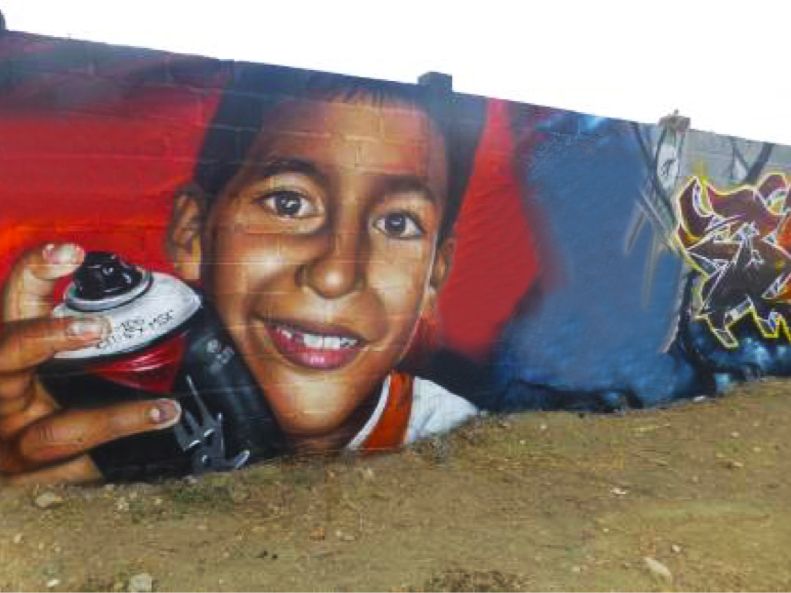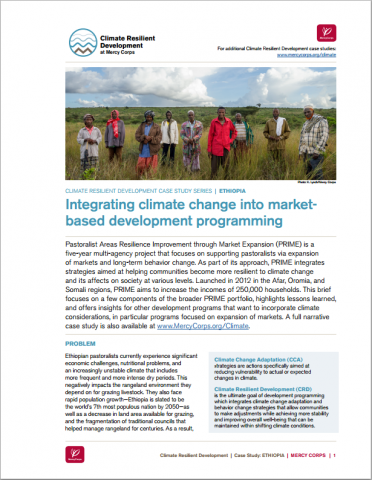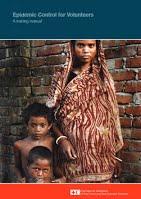Cities Safer by Design: Guidance and Examples to Promote Traffic Safety through Urban and Street Design
Published by the World Resources Institute (WRI), This report provides Guidance and Examples to Promote Traffic Safety through Urban and Street Design. Globally, 1.24 million people are killed in traffic crashes every year. This number is expected to keep rising as vehicle fleets grow, to become the 5th largest cause of death by 2030. The majority […]



